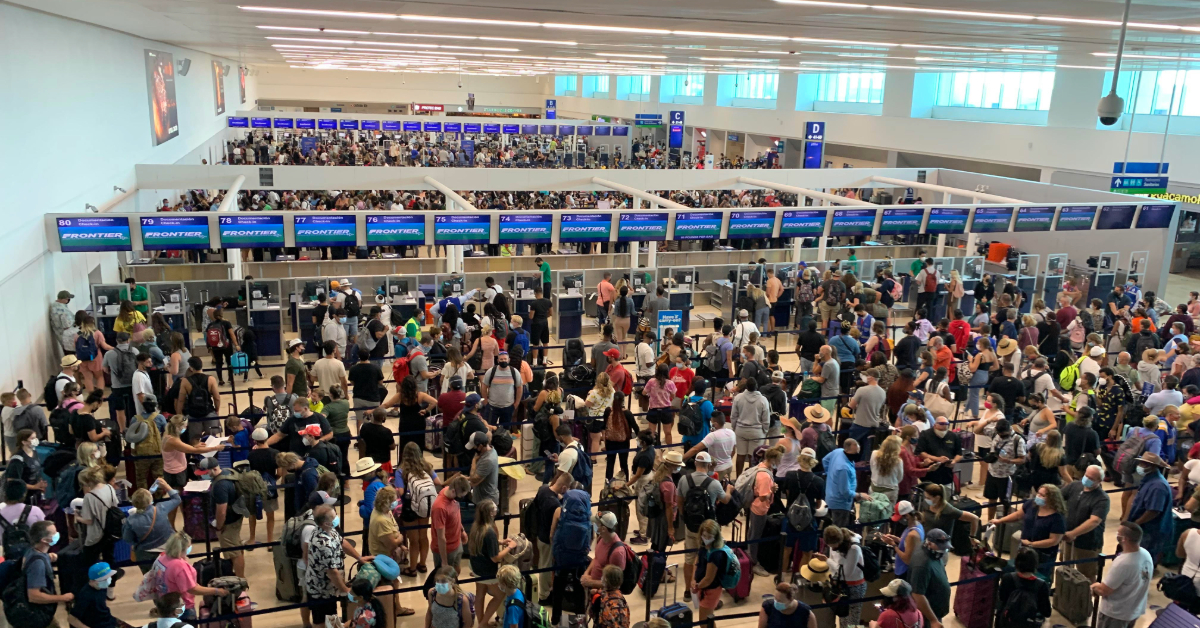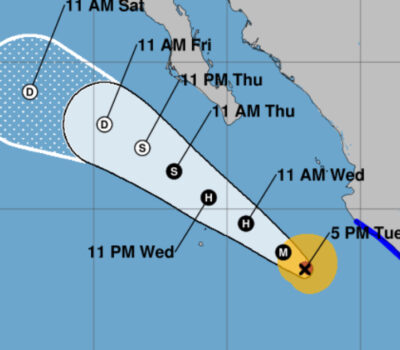Strong travel demand meets a 4.2% drop in available airline seats to the Mexican Caribbean this summer, as Quintana Roo’s hotel sector braces for a challenging season.
The Mexican Caribbean faces a difficult summer as airlines cut seat capacity, threatening to dampen tourism numbers despite strong demand. Francisco Madrid, director of the Sustainable Tourism Advanced Research Center (STARC) at Anáhuac University Cancún, warned that flight availability to the region has dropped by 4.2 percent compared with last year’s summer season. He delivered his assessment during the presentation of the “Tourism Outlook for the Mexican Caribbean: Indicators that Drive Strategic Decisions.”
“We’re entering a challenging summer; although demand exists, air supply isn’t growing at the same pace,” Madrid said. “In the case of flights to the Mexican Caribbean, there are fewer seats, which is why I’m talking about a challenging summer. We certainly have fewer seats, 4.2 percent fewer, as seen in the cut we made on the last day of May.” Flight schedules, set well in advance, leave little room for adjustment now that summer is upon us. As a result, available seats will remain nearly static through the May–August period.
That static capacity poses a clear risk to the hotel sector. Quintana Roo leads the nation in occupancy rates, averaging between 75 and 80 percent, compared with a national rate of around 61 percent. But Madrid cautioned that fewer flights—especially from the United States, the state’s top tourism source—could undermine those figures. “This reduction in available airline seats to the Mexican Caribbean is a factor that could directly impact the arrival of international and domestic tourists to the region,” he said.
He attributed the cuts to several factors. Airlines continue to adjust operations in response to shifting demand and aircraft availability. The grounding of several planes at domestic carrier Volaris remains a drag on capacity. At the same time, North American travelers are exploring alternative sun destinations, particularly in Europe, drawing seat allocations away from Cancún.
“Domestic airlines are recovering a little of their market share,” Madrid explained. “Volaris is still severely impacted by grounded aircraft, and we’ve basically seen significant traffic growth on routes to Canada in the first five months of the year. Even the route with the most international traffic connecting any point in Mexico with abroad is Cancun–Toronto.”
Madrid also noted that the global economic climate and the strong peso have yet to dampen interest in the Mexican Caribbean, which continues to promote itself aggressively in the absence of federal tourism campaigns. Local operators have stepped up marketing, highlighting the region’s beaches, cultural attractions, and eco-adventures.
Industry stakeholders will watch the coming weeks closely. If airlines restore capacity or implement additional flights, hotels and tour operators could see a last-minute boost. If not, the 2025 summer season may settle in line with—or even below—last year’s figures. Hotel managers say they are preparing flexible rate plans and targeted promotions to fill rooms, while tour companies are exploring partnerships to offer bundled air-and-stay packages.
Despite the uncertainty, Madrid remains cautiously optimistic. “Travel demand remains high,” he emphasized. “With smart strategies, the Mexican Caribbean can weather this temporary setback and maintain its position as one of the world’s top sun-and-sand destinations.”
Strong travel demand meets a 4.2% drop in available airline seats to the Mexican Caribbean this summer, as Quintana Roo’s . . .












